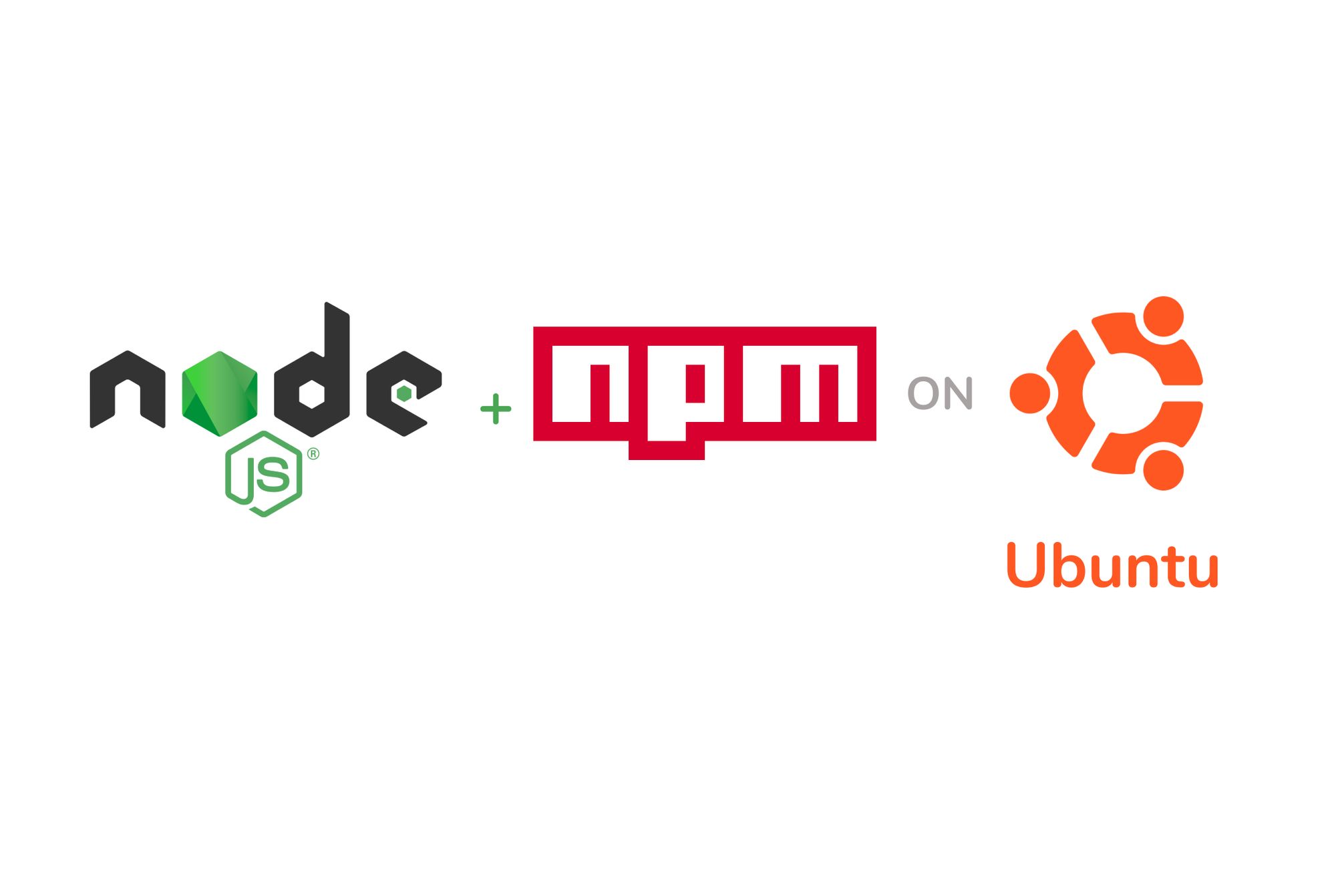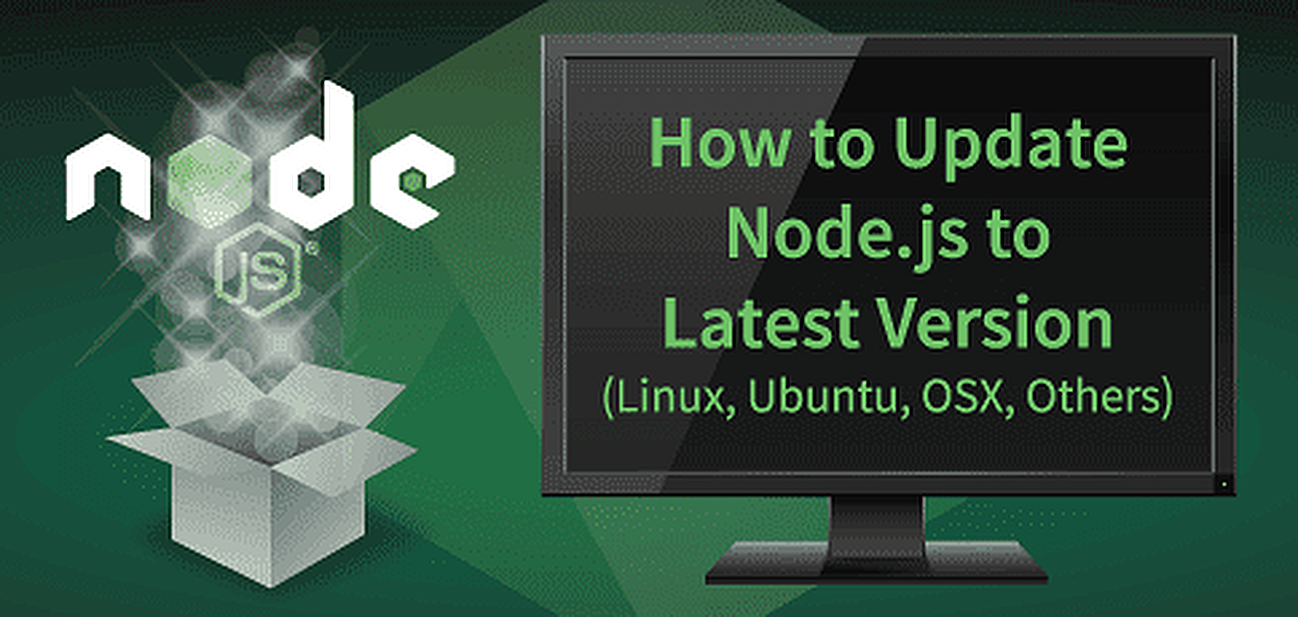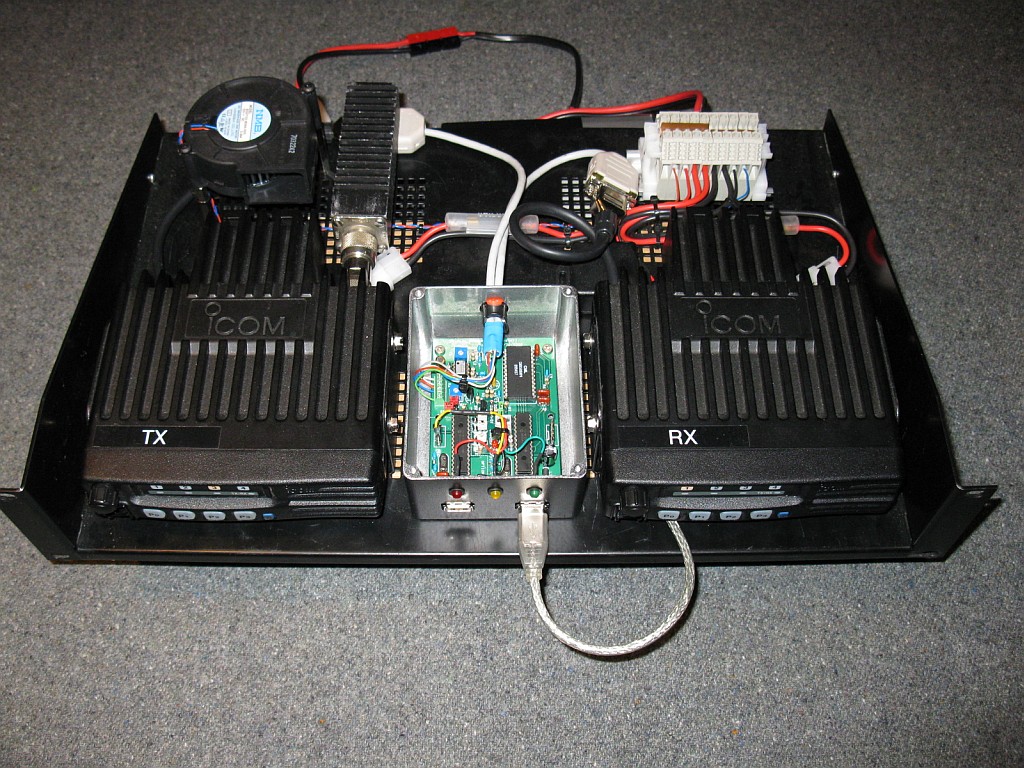

With all of the above said, this is why I’m a fan of using Homebrew to install Node and then, in turn, using Node to install packages such as Gulp. ☺️īut if you’re looking to save a little bit of time so you can focus on work, then I highly recommend Homebrew (or another package manager depending on the type of work you’re doing). First, let us make sure we have the latest Homebrew by running the following commands. node -v v5.1.0 Now I want to see what version is currently the stable version on the latest Homebrew repository. If you’re into a little bit of self-inflicted pain, then you can forgo any of the above. Update Node with Homebrew Find the version of node you currently have installed.

This works even if you have a previous version of the package installed. Then it will install the latest version of Node.js. The following will update the local ports tree to get access to updated versions.

it makes updating the software very easy,.it finds, downloads, and installs the package for you,.Depending on the application, you can use the Mac App Store you can use Composer, you can download something directly from a repository like GitHub, and so on.īut using a package manager comes with several benefits: There are some ways to install packages on a Mac. I’ve also talked about Node, Gulp, and a few starter packages that I recommend for getting started with using them in WordPress development.īut one of the things I’ve not talked about is how to install Node using Homebrew. In a previous post, I’ve talked about Homebrew (and why it’s part of my setup).


 0 kommentar(er)
0 kommentar(er)
